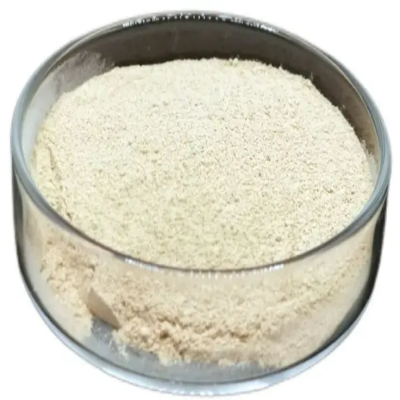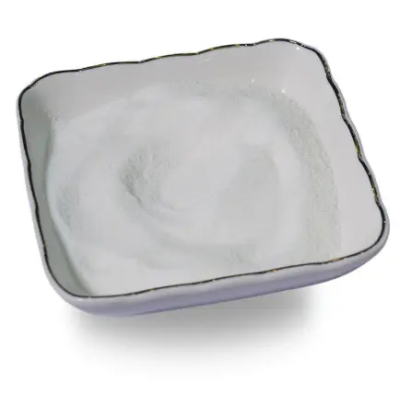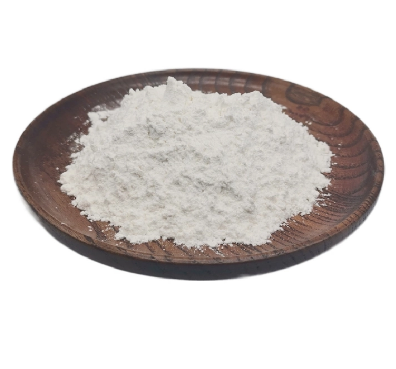2,6-Dichlorobenzal chloride CAS:81-19-6
2,6-Dichlorobenzal chloride is a halogenated aromatic compound that features a benzene ring substituted at the 2 and 6 positions with chlorine atoms, along with a formyl chloride group (-CHOCl) at the 1-position. This specific arrangement enhances its reactivity and functional versatility, making it a valuable intermediate in organic chemistry. The molecular formula (C₇H₄Cl₂O) reflects the presence of multiple electronegative chlorine atoms, contributing to its electrophilic character. The primary application of 2,6-dichlorobenzal chloride lies in its use as a reagent in various synthetic pathways. One notable reaction involves its role in nucleophilic substitution and addition reactions, where the electrophilic carbon of the aldehyde group can react with nucleophiles such as amines, alcohols, and thiols. This property makes it particularly useful for synthesizing complex organic molecules, including pharmaceuticals and agrochemical intermediates. Furthermore, 2,6-dichlorobenzal chloride serves as a precursor for more complex compounds through further chlorination or substitution reactions. These derivatives often exhibit enhanced biological activities, making them suitable for developing novel therapeutic agents or crop protection chemicals. In addition to its synthetic applications, this compound's unique structure can facilitate studies in medicinal chemistry, providing insights into structure-activity relationships (SAR) in drug discovery processes. However, working with 2,6-dichlorobenzal chloride requires adherence to safety protocols due to its potential toxicity and corrosive properties. Proper personal protective equipment (PPE), including gloves, goggles, and lab coats, should be worn when handling this material. Additionally, it is essential to conduct experiments in well-ventilated areas or fume hoods to minimize inhalation exposure. In conclusion, 2,6-dichlorobenzal chloride is a significant compound in organic chemistry, valued for its reactivity and utility as an intermediate in the synthesis of diverse chemicals. Its applications span various fields, including pharmaceuticals and agrochemicals, underscoring its importance in modern chemical research and industry.



| Composition | C7H4Cl4 |
| Assay | 99% |
| Appearance | white powder |
| CAS No. | 81-19-6 |
| Packing | Small and bulk |
| Shelf Life | 2 years |
| Storage | Store in cool and dry area |
| Certification | ISO. |









